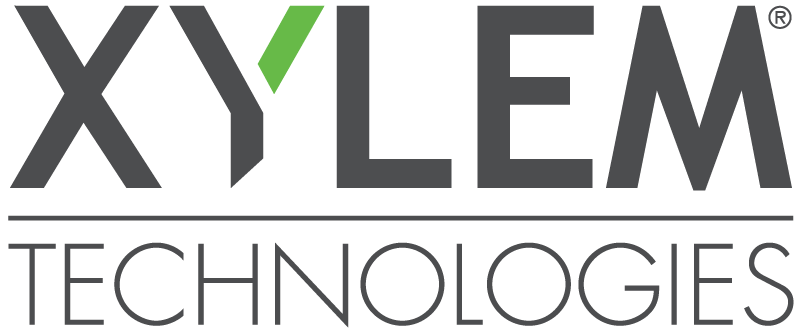SEMERGY – automatically identifying and optimizing energy-efficient building designs
A central goal of European and national climate and energy programs is to reduce the greenhouse gas emission of buildings. SEMERGY is a web-based optimization environment, which supports users in decision-making regarding energy-efficient building designs. Taking the user-specified criteria investment costs, final energy demand of the building, and environmental impact of used building products into account, the system identifies efficient building designs and retrofit options. The following steps were taken: (i) development of a comprehensive building data model, (ii) creation of an ontology of linked building product data, (iii) development of a rule-based system to automatically identify valid construction alternatives for building components, (iv) development of a multi-objective optimization procedure, and (v) creation of a web-based Graphical User Interface to enable data entry and user interaction. The present contribution provides an overview of the progress made in the above mentioned domains.
From Fenz, J. Heurix, T. Neubauer, A. Tjoa, N. Ghiassi, U. Pont, A. Mahdavi: „SEMERGY.net – automatically identifying and optimizing energy-efficient building designs„; Computer Science – Research and Development,November 2014(2014), S. 1 – 6.
Substantial amounts of greenhouse gases are produced due to combustion of fossil fuels (e.g., gas, oil and coal). As a result the carbon dioxide level is constantly increasing and influencing global climate change. As climate change negatively affects the quality of life around the globe, the European Union (amongst many other industrial countries) agreed in the 1997 Kyoto protocol to decrease its CO2 emissions by 8% until 2012 (based on CO2 levels in 1990). To implement the Kyoto protocol, in December 2002, the European parliament and European council released the Directive-2002/91/EG, introducing Energy Performance Certification, as a means of evaluation and improvement of energy performance of buildings. As a consequence, the software industry started to develop tools that allow the assessment of building’s energy performance based on its function, geometry, physical attributes of incorporated systems, components and materials and climatic conditions. While existing tools provide fairly reliable results in calculating the energy level of a given construction, relative complexity of such tools and complications associated with accumulation and entry of data required for the computations, hamper the wide-spread adoption of such tools to guide early stage design decisions. Moreover, current applications fail to offer the user sufficient support in identifying the measures that are necessary to reach better energy performance. The typical end-user, who initiates a retrofit or new building project, is usually confronted with the following questions:
- What are my building construction options to reach a given energy performance figure?
- How would these options perform in terms of savings in energy cost?
- Does my building configuration comply with the legal requirements?
- How much public funding can I receive by reaching a higher energy performance level?
One of the main challenges during the design phase of a building is the selection of appropriate products (materials, components) from an ever-growing pool of available options. The product selection is a multidimensional problem that must consider the following product characteristics:
- Environmental impact of building materials through the building’s life-cycle (e.g., CO2 emissions caused by production and disposal of insulation material).
- Energy used during the operation phase of the building.
- Energy used in production and distribution of building components and materials. This energy amounts for 15 to 20% of total energy consumption over a 50 year period.
- Financial aspects that constrain the overall building configuration.
- Compatibility among building components (e.g., a certain insulation type may only be compatible with a specific set of wall constructions).
- Legal restrictions and building codes (e.g., required thermal quality of the building envelope).
Despite the availability of a wide range of performance assessment tools, performance computing has not been sufficiently integrated in the design process. The use of such tools is commonly limited to the final stages of the design process (Hensen et al. 2004), when the most crucial decisions concerning the future performance of the building are already made (Domeshek et al. 1994). One of the major barriers towards integration of such methods in the earlier design stages is the cumbersome and costly task of data accumulation and entry of the required information. Currently, energy-relevant building construction data (e.g., window and insulation data) is not semantically structured and stored in distributed data sources. As a result, data acquisition is cumbersome, time-consuming, costly, and error-prone, leading to sub-optimal building design, renovation, and operation decisions in view of energy and environmental performance (Ghiassi et al. 2012, Maile et al. 2007).
SEMERGY combines existing performance evaluation methods with Semantic Web Technologies (ontologies), which enable utilization of web resources to provide input data for the integrated computational procedures or to identify applicable legal constraints. Input variables for evaluations include cost, physical properties, and environmental impact indicators of building components. An interactive decision support mechanism (i) suggests the stakeholder efficient strategies on how to close the gap between the status quo and a better performing building, (ii) considers the users’ specific preferences (e.g., desired investment and target energy performance level) and applicable constraints (e.g., legal, technical), and (iii) identifies the optimal sets of construction options to implement improvements. SEMERGY optimizes any given building configuration based on (i) environmental impact of building components, (ii) energy use and operation-phase energy costs of the building, (iii) energy used for the production and transport of incorporated materials and components, and (iv) investment costs. Such performance-oriented computational support for the building design phase assists the AEC (Architecture, Engineering, and Construction) stakeholders in achieving energy efficiency, reducing costs, and enhancing occupants’ comfort and, as such, reduces the effort for the design of energy efficient buildings.
